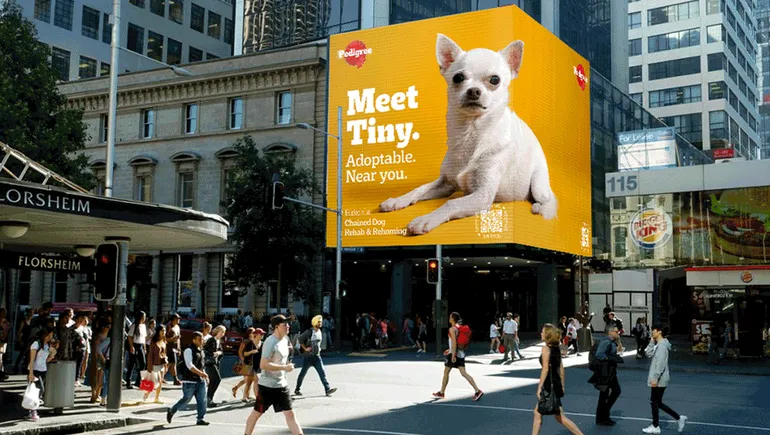
Snap's revenue miss highlights outsized impact of Apple's tracking changes
Dive Brief:
- Snapchat owner Snap Inc. saw revenue up 57% year-on-year to $1.07 billion in the third quarter, missing the lower end of its guidance by $3 million, according to earnings posted Thursday.
- Discussing the results with analysts, CEO Evan Spiegel attributed the miss partially to changes Apple rolled out on iOS in June and July that make user tracking an opt-in rather than opt-out feature. The executive said that a “new Apple provided measurement solution did not scale as we had expected, making it more difficult for our advertising partners to measure and manage their ad campaigns for iOS.”
- Other challenges to growth included the ongoing effects of the pandemic, particularly supply chain and labor shortages that have led some marketers to peel back on spending. Snap’s results, arriving in the thick of earnings season, suggest other platforms that derive large chunks of their revenue from mobile advertising, including Facebook, likely also started to feel a sharper pinch stemming from Apple’s changes in the Q3 period.
Dive Insight:
Snap missing its Q3 targets doesn’t sound seismically disruptive on paper — the company came in just $3 million under the lower end of its guidance while crossing $1 billion in revenue for the first time — but the disappointing results are being treated as an early bellwether for how Apple’s iOS tweaks could shake up the mobile advertising space at a critical juncture. In many ways, this was an expected outcome of the policy changes, which the iPhone maker says are intended to safeguard user privacy. Platforms have warned for months now that an ensuing revenue slowdown is likely. That didn’t stop Snap’s stock from tanking after the bell Thursday afternoon.
As part of a larger App Tracking Transparency Framework, Apple is making apps ask users for permission to access the Identifier for Advertisers attached to each of its devices that helps inform ad-targeting. In an era of heightened privacy awareness, this is not a route many consumers are expected to take, and media reports over the Q3 period indicated that marketers are already starting to feel the hit to performance as many people stay opted-out.
Apple introduced an alternative measurement solution called SKAdNetwork, or SKAN, to help platforms navigate the changes, which Snap was an early partner on. Results initially aligned with “prior industry standard solutions,” according to Snap Chief Business Officer Jeremi Gorman, but it wasn’t long before other problems arose.
“[Over] time, we saw SKAN measurement results diverge meaningfully from the results we observed on other first and third-party measurement solutions, making SKAN unreliable as a standalone measurement solution,” Gorman told analysts. He added that advertisers encountered similar frustrations in needing to rely on “Apple’s fixed definitions of advertiser success,” while also encountering “extended reporting delays” that hampered their ability to manage campaigns in real-time.
In a broad sense, the fallout from the iOS updates could throw cold water on a mobile ad market that has otherwise boomed during the pandemic as users stay glued to social media platforms. Snap’s earnings at the same time point to growing macroeconomic obstacles, such as marketers playing things more conservatively as they contend with supply chain and labor issues.
“The ongoing magnitude and duration of these global supply and labor disruptions are inherently unpredictable, and in the meantime we are focused on supporting our partners in this uncertain environment,” Spiegel told analysts.
Some categories, like packaged goods, have signaled they will keep investing in marketing despite the uncertainty. But the general outlook headed into the crucial fourth quarter and holiday season doesn’t look especially rosy at the moment.
That said, Snap saw some bright spots over Q3 that could help steel its business for future bumps in the road. Submissions to Spotlight, Snapchat’s TikTok lookalike feature, doubled compared to the previous quarter. Narrowing in on creator-driven content could be one way for Snapchat to account for losses on more traditional advertising channels. Snap is also ramping up its bets on commerce as consumers grow accustomed to shopping via their phones.
In September, the app operator struck a partnership with ad agency giant WPP that creates a dedicated AR Lab that will develop products linking augmented reality (AR) and commerce. Snap earlier this week also unveiled Arcadia, a new division in charge of an independent creative studio for branded AR experiences. P&G Beauty, Verizon and WWE are among the launch partners.





